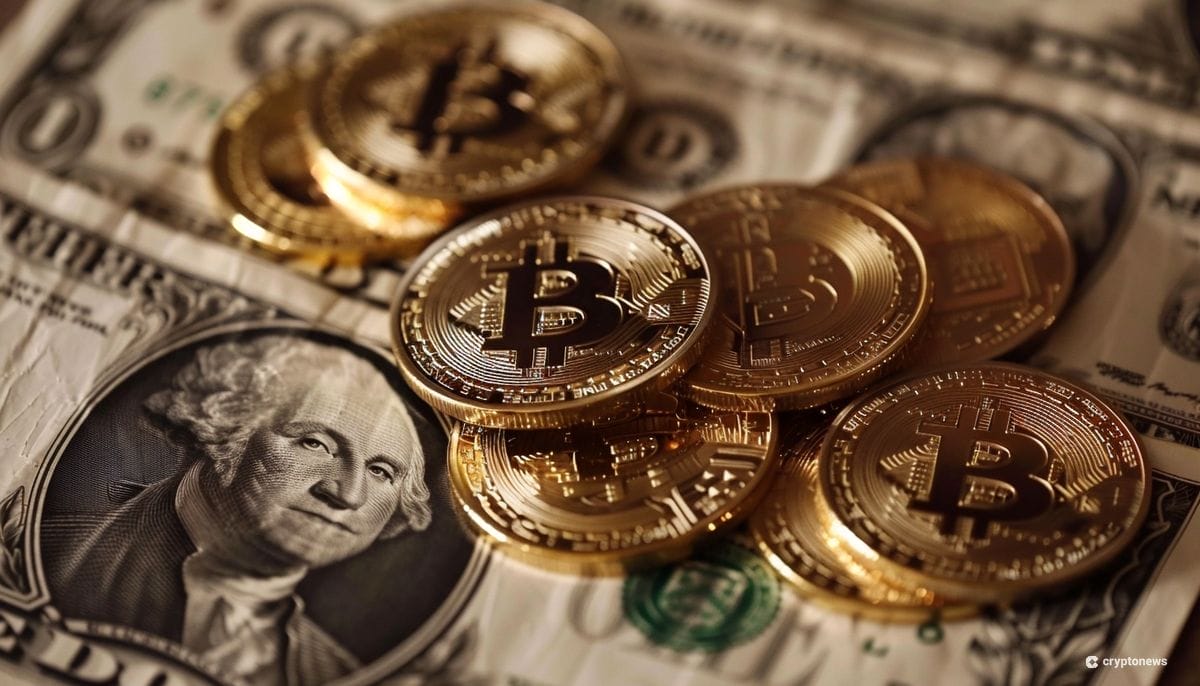Last updated:
 Why Trust Cryptonews
Why Trust Cryptonews

A recent paper published by the European Central Bank (ECB) claims that early Bitcoin investors are profiting at the expense of newer entrants to the market.
The paper argues that Bitcoin’s decentralized and limited supply structure has led to a system where those who bought the cryptocurrency earlier or at lower prices are selling at a profit, thereby exploiting new buyers.
The authors suggest that Bitcoin should either be subjected to strict price controls or banned entirely to prevent what they describe as an “unfair” wealth transfer.
Bitcoin Wealth Distribution Could Create Social Unrest
According to the paper, the wealth distribution caused by Bitcoin could lead to social unrest.
“Current non-holders should realize they have compelling reasons to oppose Bitcoin and advocate for legislation against it, aiming to prevent Bitcoin prices from rising or to see Bitcoin disappear altogether.”
The ECB report also raises concerns about Bitcoin’s role in criminal activity, citing previous studies that claim it is often used in illegal transactions.
However, this view is contested by a May 2024 report from the U.S. Treasury Department, which points out that fiat currency remains the most common means for illicit activities, not cryptocurrencies like Bitcoin.
Interestingly, the ECB paper does not explore why Bitcoin’s value has surged since its inception in 2009.
It also overlooks the fact that Bitcoin’s pseudonymous creator, Satoshi Nakamoto, designed the asset both as a decentralized payment system and as a hedge against fiat currency devaluation.
Since Bitcoin’s supply is capped at 21 million coins, its scarcity has been a key driver of its rising price, particularly as governments around the world have increased the money supply.
ECB Paper Fails to Address Context of Monetary Inflation
Critics of the ECB’s stance argue that the paper fails to address the broader context of monetary inflation.
For example, public sector debt in the UK reached nearly 98% of GDP in 2023-2024, the highest level since the 1960s.
In the U.S., the national debt has ballooned to $35 trillion, driven in part by a 41% increase in the M2 money supply since 2020.
The paper’s contradictory claims—that Bitcoin lacks intrinsic value yet poses a destabilizing threat—ignore the inflationary pressures that Bitcoin was designed to counteract.
As traditional currencies lose purchasing power, Bitcoin’s role as a store of value continues to attract both institutional and retail investors.
Meanwhile, there has been growing interest in Bitcoin and Bitcoin-related products among both retail and institutional investors.
A recent survey commissioned by financial services giant Charles Schwab revealed that U.S. investors are increasingly interested in ETFs holding cryptocurrencies.
The survey found that 45% of respondents plan to invest in crypto through ETFs over the next year, an increase from 38% the previous year.
The growing interest in crypto has now surpassed demand for bonds and alternative assets, with only U.S. equities ranking higher, as 55% of participants indicated plans to invest in stocks.
Millennial ETF investors showed even stronger enthusiasm for crypto, with 62% intending to allocate funds to the sector, compared to 48% for U.S. stocks, 47% for bonds, and 46% for real assets like commodities.




















